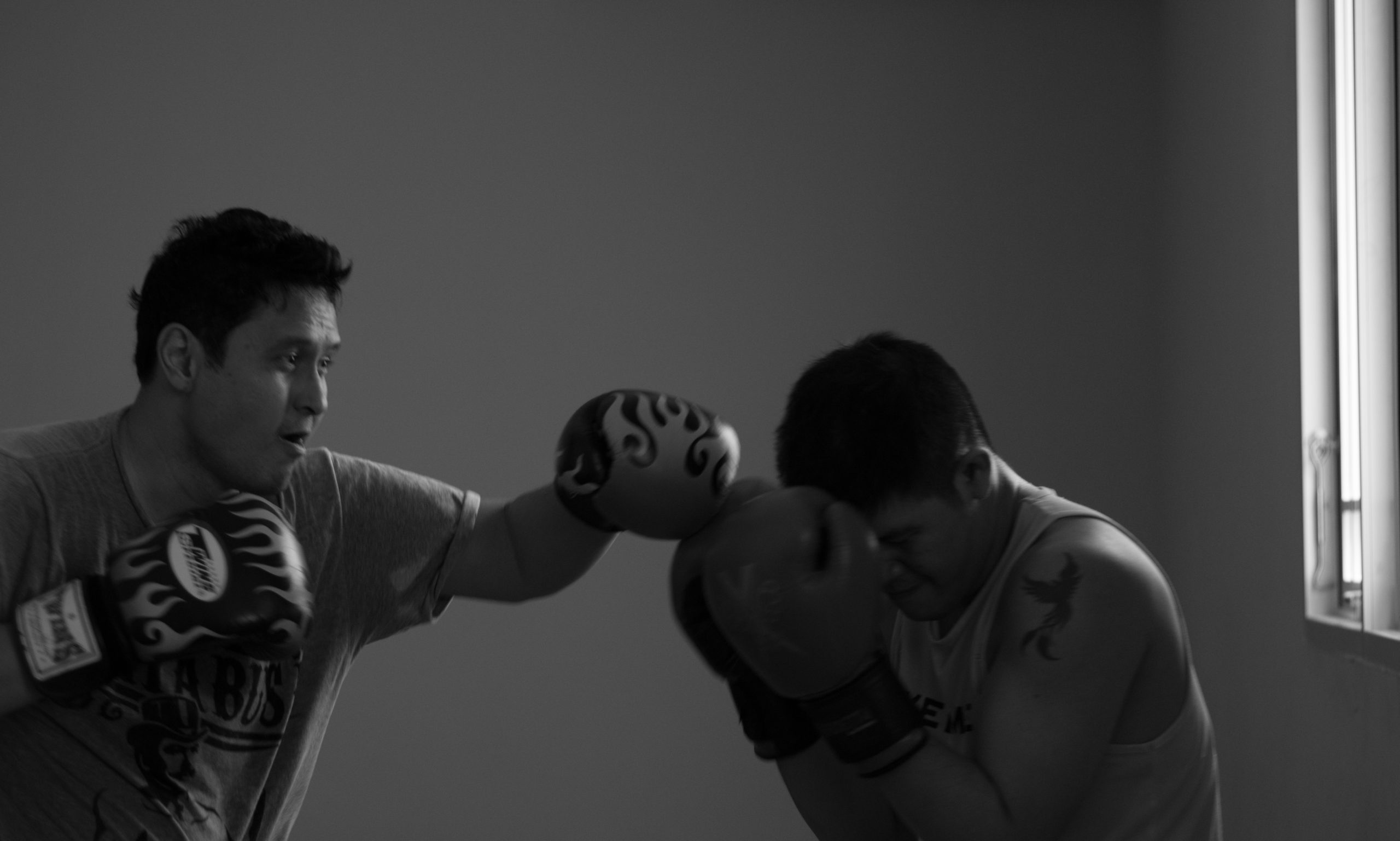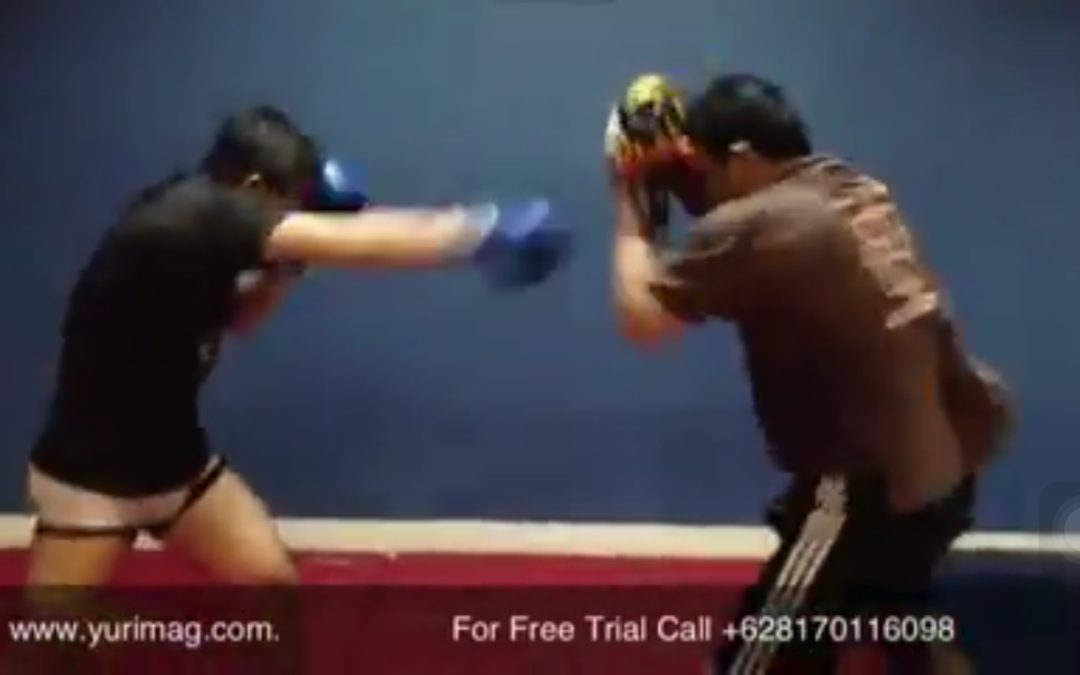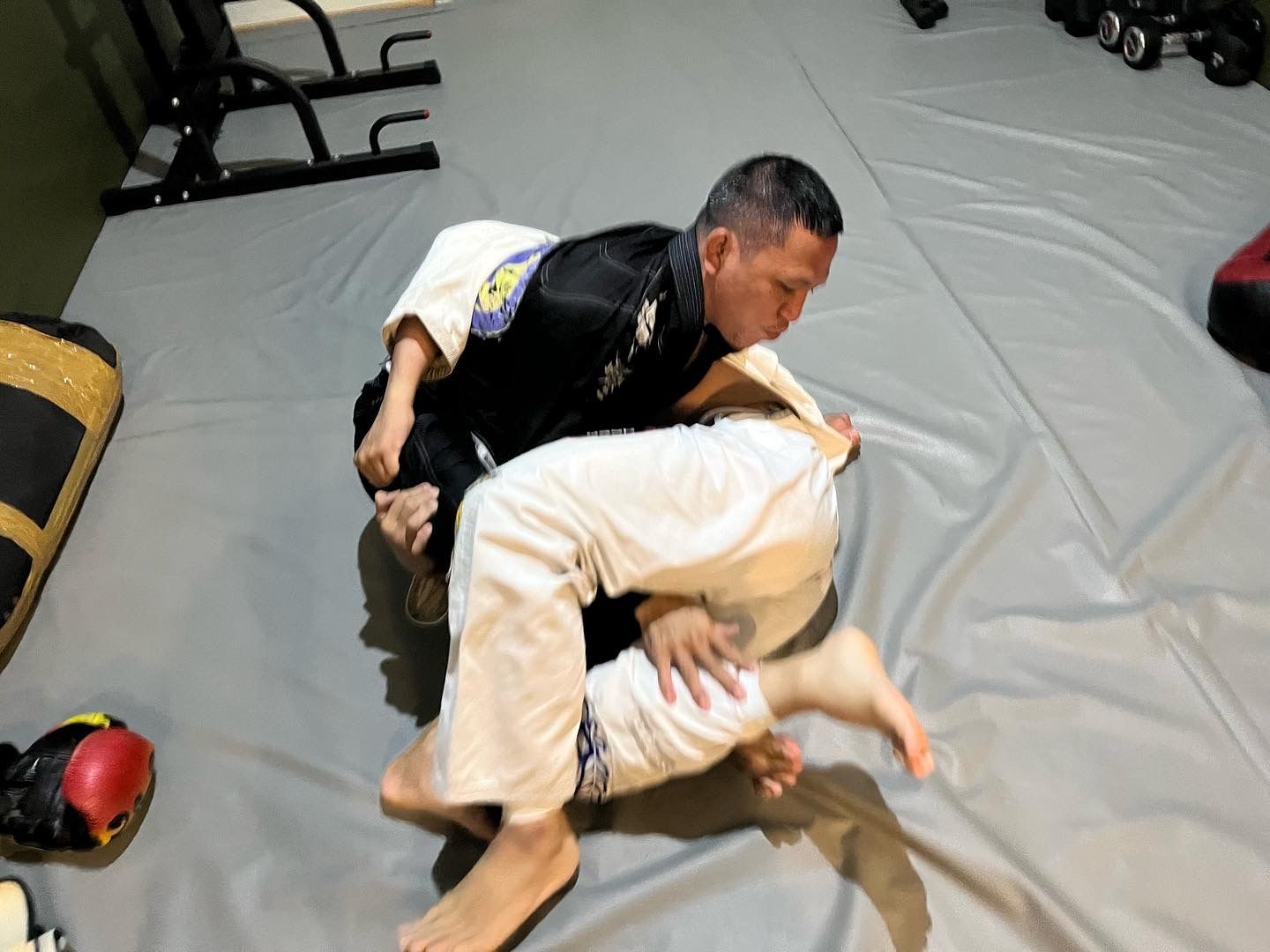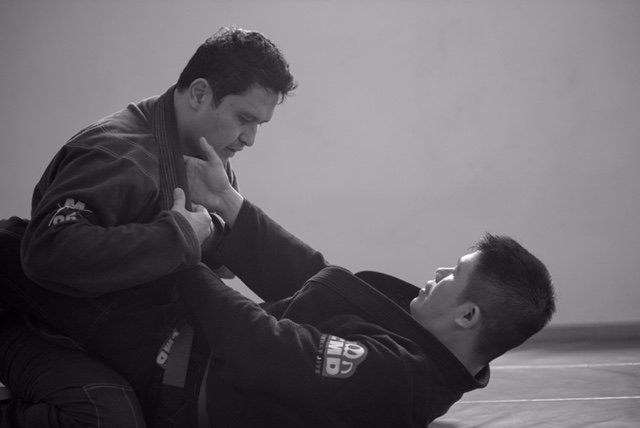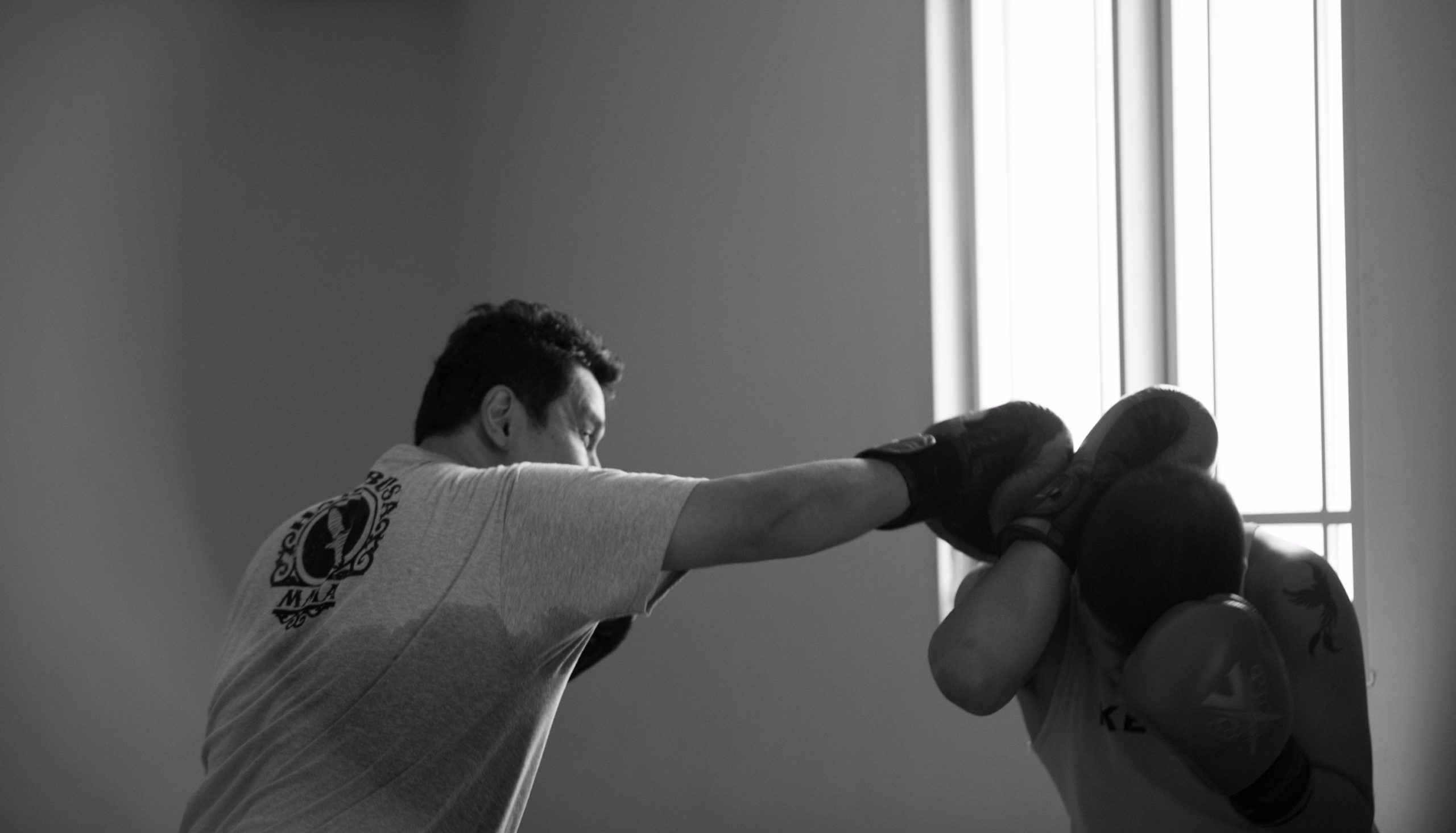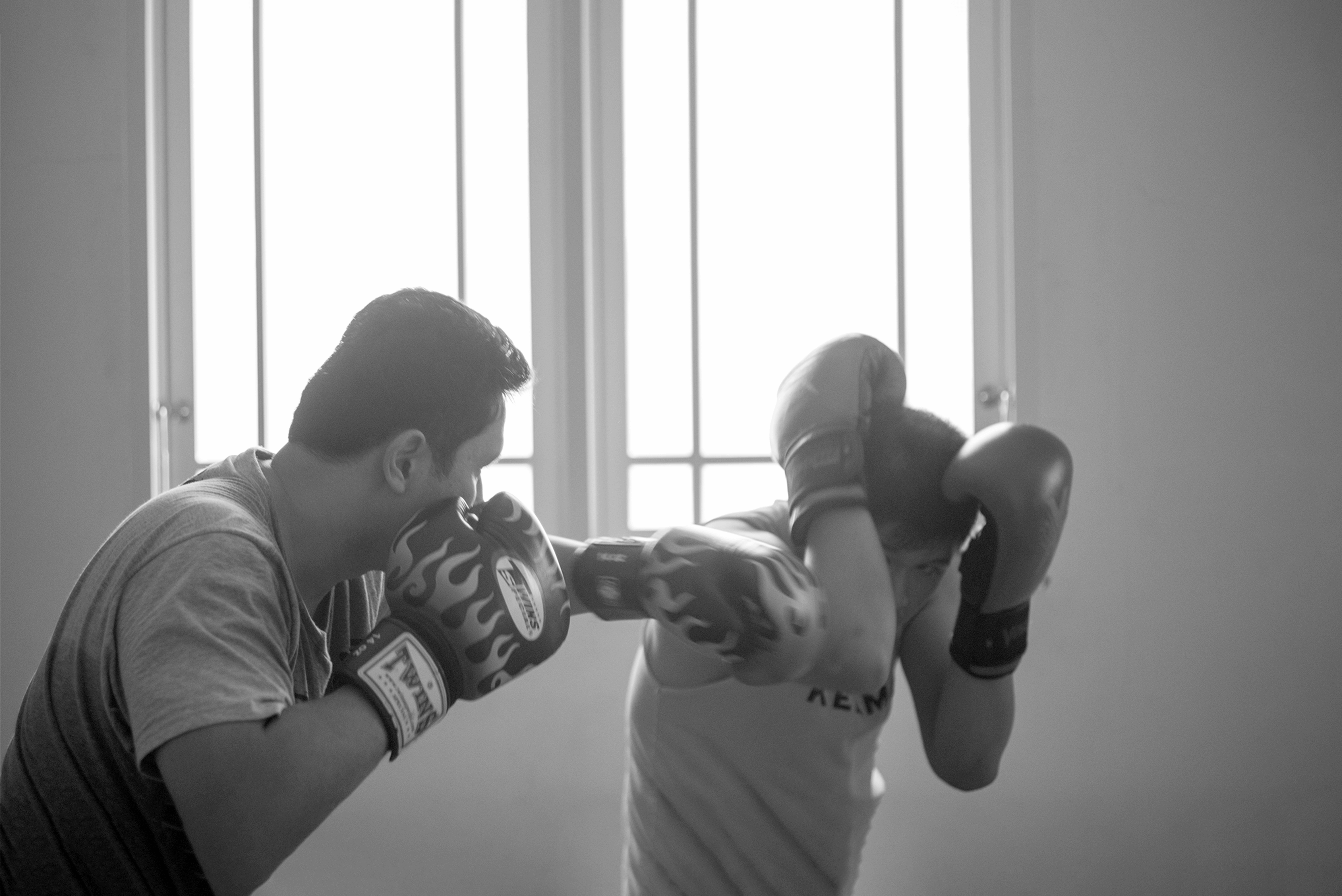
What is Jeet Kune Do?
Most people know Jeet Kune Do is a martial art that was created by Bruce Lee. From my research, I consider Jeet Kune Do or JKD for short is more of a concept than that of a martial art. When I looked back at history, there was a time that Bruce named his art is Jun Fan Kickboxing.
Only later he changed the name to JKD. JKD means ” The Way of Intercepting Fist”. Bruce believes that in order to win fights, the best timing is to intercept your opponent preparation of attack. On the other hand, later in a book called “Bruce Lee Fighting Method”, he wished that he did not named the art JKD because it was too limiting.
Through his writing, I saw there was Bruce Lee quote that said, “If people said that JKD is different from ‘this’ or from ‘that’, let the name JKD be wiped out, for that is what it is, its just a name, please don’t fuss over it”. Taking that into the account, i then see JKD is as a concept of fighting where the goal is totality of fighting where one needs to adapt himself in fighting any types of opponents. Therefore; in order to do that, JKD guy should master the 4 ranges of fighting that is related to particular arts.
To understand JKD, you need to understand the 4 ranges of fighting: kicking range, punching range, trapping or clinch range, grappling range. One needs to be proficient to fight in any of these 4 ranges so that when he or she faces an opponent, it will not matter on what styles of fighting that the opponents bring, JKD man will simply adapt.
These are arts that will help those ranges: kicking range (Savate and Thai Boxing), punching range (Boxing), trapping range/ clinch (Wing Chun, Kali, Thai Boxing and Wrestling), grappling range (BJJ, Wrestling and Judo).
Those are the arts that I think any JKD person need to invest minimum of 2000 hours on each range before he or she will become functional. If you want to learn more, Call me at +628170116098.

